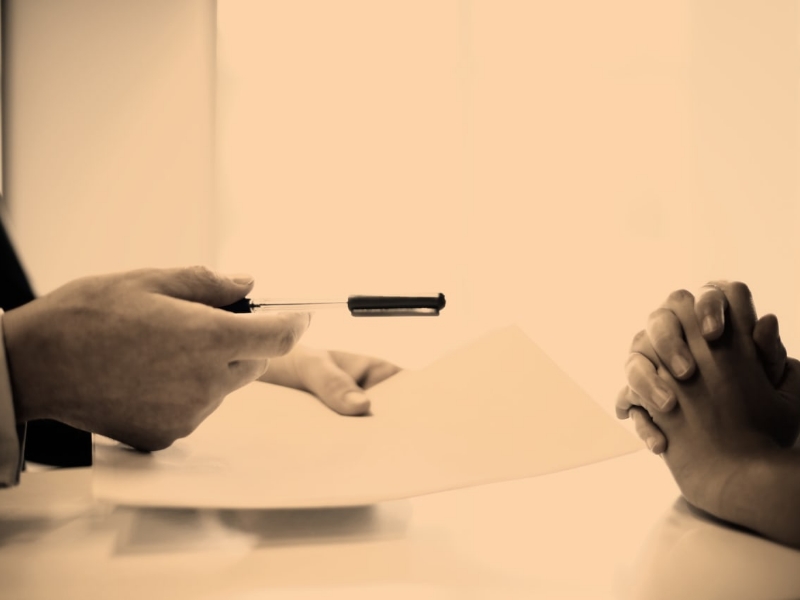Source: Fast Company
Author: Judith Humphrey
Body language provides a key to succeeding in job interviews. Non-verbal cues make up 60 to 80% of face-to-face communication. Even more than your words, your physical presence shows your strengths (or shortcomings) as a candidate.
Even in the digital world, body language helps indicate whether an applicant is right for a job. Although Zoom or video interviews may lack some of the physical cues present in live interactions, the cues that are visible will be scrutinized much more closely.
Rehearse and record yourself before every interview, and work toward a standout performance by using the following checklist:
1. Eye contact
One of the most important body language cues you can give your audience in an interview is eye contact. Eye contact requires (and reflects) confidence. In fact, research indicates that high status people tend to look longer at people they’re talking to than lower status people do. So be generous with your eye contact.
Always look at people, not at the room or the ceiling or the floor. And when you do look at the interviewer, do so as you begin speaking, whether answering a question or making a point. That way, the eye contact reinforces what you are about to say. In a group interview, make sure to give an equal amount of eye contact to each person, regardless of their rank.
In video interviews, look directly into the webcam. Sit close enough to your laptop that you create a conversational rapport with your audience—sitting farther back distances you and can create visual distractions for the interviewer. And avoid glancing down or away from the screen, because when you do so you will appear to be ignoring the interviewer.
2. A warm smile
Next to eye contact, a warm, engaging smile is the most important aspect of body language in a job interview. After all, you will be judged by your ability to connect with people, and a good smile does just that.
Smile when you meet your interviewer, during the interview, and as you close the exchange. But make sure your smile is not constant, or it may appear false. It could suggest that you are too anxious to please.
Think of it as an “inner smile” that reflects genuine enjoyment and empathy. It is the kind of smile that lights up your face and lights up the relationship.
3. Open gestures
Companies look for people with soft skills—individuals who are empathetic and comfortable with others. Open gestures convey those qualities.
To achieve this openness:
- Gesture with your full arm in the direction of your interviewer.
- Never cross or fold your arms—you will look defensive or closed.
- Avoid awkward “flipper” gestures created by elbows tucked into your body.
- Avoid busy wrist gestures and fleeting movements that suggest nervousness.
- Keep your hands open, don’t hold them, fold them, or flatten them on the table.
Gestures indicate how comfortable you are with yourself and the interviewer. Open gestures show you can build rapport, just as closed or small gestures indicate that you have difficulty forming such interpersonal ties.
4. Face your audience
Another important aspect of body language in interviews is facing the person you’re talking to—doing so shows respect and suggests you’re both aligned.
I once interviewed an individual on Zoom for a work assignment and noticed that she was turned at a slight angle to me. It made me feel she might not be fully committed to the work we were discussing. Nevertheless, I hired her and shortly after she actually left the assignment. So, body language speaks volumes!
When you are talking to an interviewer—either in person or virtually—make sure your body is positioned so that you are fully facing the interviewer. This will make her feel that you are fully committed to what you two are discussing.
5. Cultivate Stillness
“Stillness is power” is a phrase I often heard when I headed The Humphrey Group. We have always hired many actors to coach clients, and this is a point they often made.
That doesn’t mean being stiff or avoiding gestures. It means not having random movements, like touching your face, fixing your hair, fidgeting, or restlessly moving in your chair. These unnecessary movements are like nervous ticks. They can convey the impression that you are not at ease with the interview. They will be exaggerated in a digital interview.
One movement that can be valuable is nodding. It is a sign of empathy and good listening. But beware: If overdone it can come across as submissive and weak.
So aspire to stillness, which suggests you are “in the moment,” completely centered on the discussion and the opportunity it presents.
6. Good posture
The final way of demonstrating strength and confidence is with good posture.
People who feel disengaged at a meeting or who believe they have little to add often slouch. Other people may lean back in their chairs as if to say “I’m bored,” or “I could care less.” And still others may cock their heads in a submissive pose.
The solution? Sit (or stand) tall. When you do so you will project confidence. You’re demonstrating stature that is part of your being, which is more impressive than the stature a title might confer.

